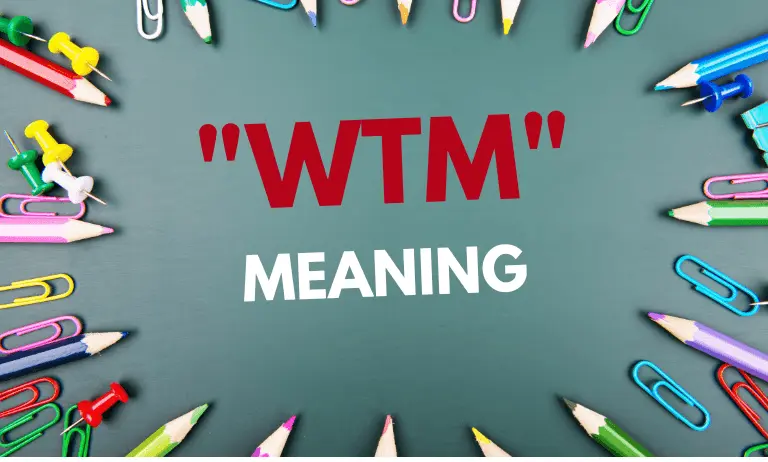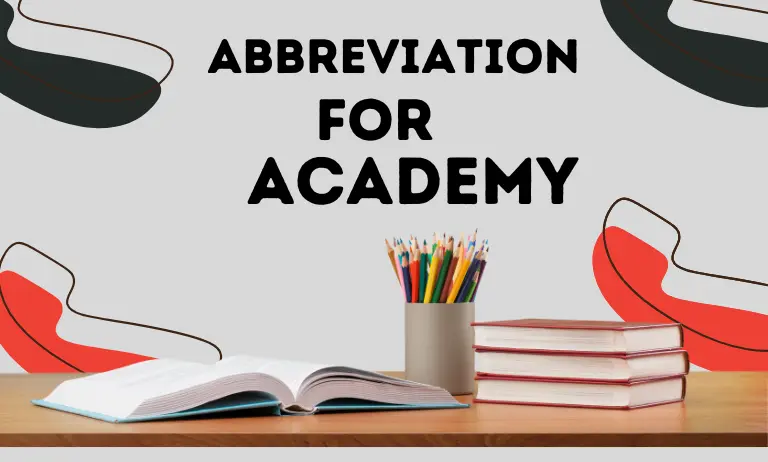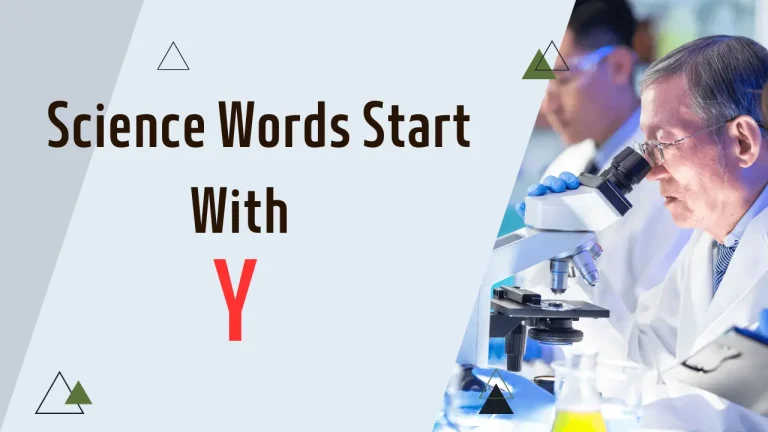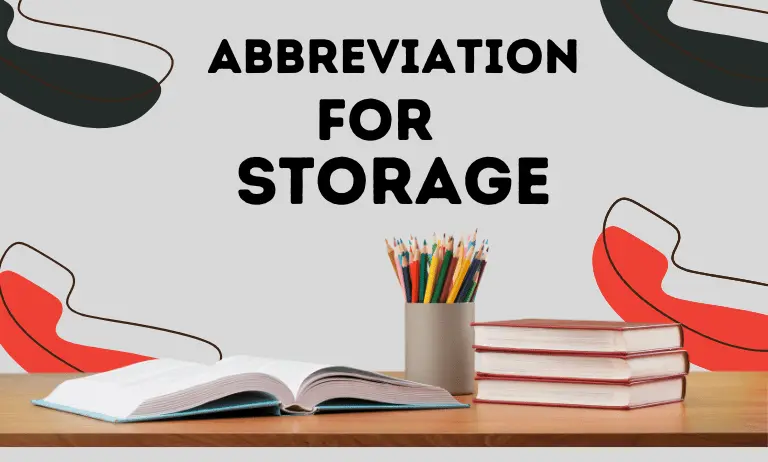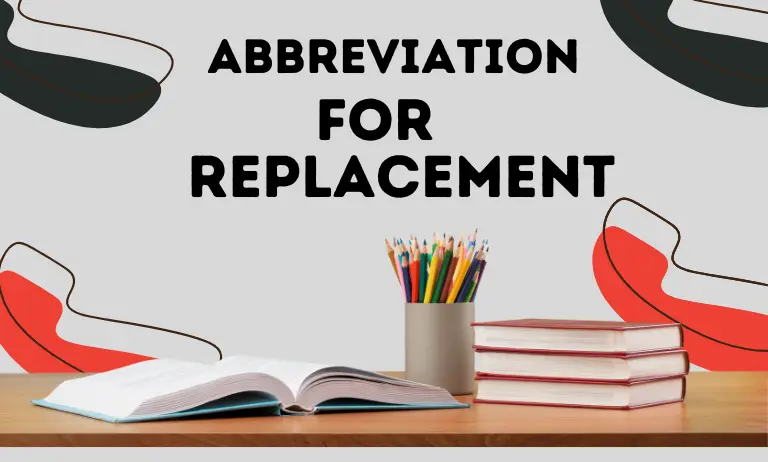Present Continuous / Progressive Tense & How to Use It, With Example

Present Continuous / Progressive Tense With Detail Explanation, Rules In the Form of Flow Chart
In this article, you will learn all that you need to know about what the present continuous / progressive tense is, its definition, uses, structure and rules of usage. Along with these, with the examples and practice questions in your daily life, you will surely be able to use the frame sentences using the present continuous tense accurately.
What is the Present Continuous / Progressive Tense?
Present continuous/progressive tense used to denote an action that is continuing at the present moment.
Note: In this tense, we use helping verbs (is, are, am) and 1st form verbs with ing.
- Is: We use it with singular subject (He, She, It, singular name).
- Am: We use it only with I.
- Are: We use it with a plural subject (They, You, We, plural name).
Use in Sentence:
Sub-categories of Sentences
The present continuous / Progressive tense has been divided into 4 subcategories of sentences.
Now, let’s start to discuss these subcategories of sentences.
1. Assertive / Simple Sentence
Assertive / simple sentence contains at least one subject, form of verb, and object. On the other hand, we can say that those sentences which start with a subject are called simple or assertive sentences.
Note: This kind of sentence, we usually use helping verbs (is, are, am), 1st form of verb with ing.
- Is: We use it with singular subject (He, She, It, singular name).
- Am: We use it only with I.
- Are: We use it with a plural subject (They, You, We, plural name).
Use in Sentence:
2. Negative Sentence
Those sentences in which we use “not” or in which we do to refuse about something, these sentences are said to be negative sentences. Also, to make negative sentences, we use “not” before the verb.
Note: In this kind of sentence, we use Helping Verb (is not, are not, am not) + 1st form of verb with ing.
- Am not: We use it only with I.
- Is not: We use it with singular subjects or nouns (He, She, It, singular name).
- Are not: We use it with plural subjects or nouns(They, You, We, plural name).
Use in Sentence:
3. Interrogative Sentence
Those sentences in which you ask something from people, friends, relatives, and even anybody or do ask a question to someone, so these sentences are said to be interrogative sentences. Also, to make interrogative sentences, we use helping verbs (Do, Does) at the beginning of the sentence.
Note: In this kind of sentence, we use helping verbs (am, is, are) at the beginning of sentence, 1st form verbs with ing, and question mark (?) at the end of the sentence.
- Am: We use it only with I.
- Is: We use it with singular subjects or nouns (He, She, It, singular name).
- Are: We use it with plural subjects or nouns(They, You, We, plural name).
Use in Sentence:
4. Interrogative & Negative Sentence
Those sentences in which we ask questions with not or refuse from anyone, these sentences are called interrogative & negative sentences. Also, to make negative & interrogative sentence, we use helping verbs (is, am, are) at the beginning of sentence, (not) before 1st form verbs with ing, and question mark (?) at the end of the sentence.
Note: In this kind of sentence, we use helping verbs (Do, Does), not, 1st form verbs, and question mark (?).
- Am: We use it only with I.
- Is: We use it with singular subjects or nouns (He, She, It, singular name).
- Are: We use it with plural subjects or nouns(They, You, We, plural name).
Use in Sentence:
Structure of Sub-categories of Sentences
Also, take a look at the following table to understand how the general format in which the present indefinite tense behaves in the assertive/ simple, negative, interrogative, and Interrogative & Negative format.
| Name of Sentence | Making Sentence Rule | Example Sentence |
|---|---|---|
| Assertive / Simple Sentence | Subject + Helping verb (is, am, are) +1st form of verb + ing + object. Is: Use with singular nouns (He, She, It, single name). Are: Use with Plural nouns (They, You, We, Plural names). Am: Use with (I) only. | You are doing their work. |
| Negative Sentence | Subject + Helping Verb(Is not, Am not, Are not) + 1st form of verb + ing+ object. Is not: Use with singular nouns (He, She, It, single name). Are not : Use with Plural nouns (They, You, We, Plural names). Am not: Use with (I) only. | He is not listening to me. |
| Interrogative Sentence | Helping Verb (Is, Am, Are) +Subject + 1st form of verb with ing + object + ? | Am I flying kites? |
| Interrogative & Negative Sentence | Helping verb (Is, Are, Am) + Subject + 1st form of verb with ing+ object + ? | Are the boys not putting out whistles? |
Uses of Present Continuous / Progressive Tense
There’re reasons or places where this kind of present tense is used which are given below.
FAQs
Conclusion
In a nutshell, the present continuous tense isn’t just a run-of-the-mill grammatical concept; it’s a linguistic powerhouse that brings life and dynamism to our expressions. By capturing the unfolding actions and ongoing scenarios, it injects vitality into our communication.
So, the next time you’re narrating an exciting event, describing a current situation, or just adding that extra flair to your language, remember the present continuous tense is your linguistic accomplice, here to make your words pop and sizzle! Keep those verbs in motion, and let the present continue to do its magic in painting vivid pictures of the ever-evolving narrative of life.
Also, if you’ve faced any confusion while reading this article, you can contact us through the comment box. We’ll try our best to overcome your confusion in a short interval of time, so that you may understand them better. Also, thanks a lot from the depth of the heart for reading this article.
